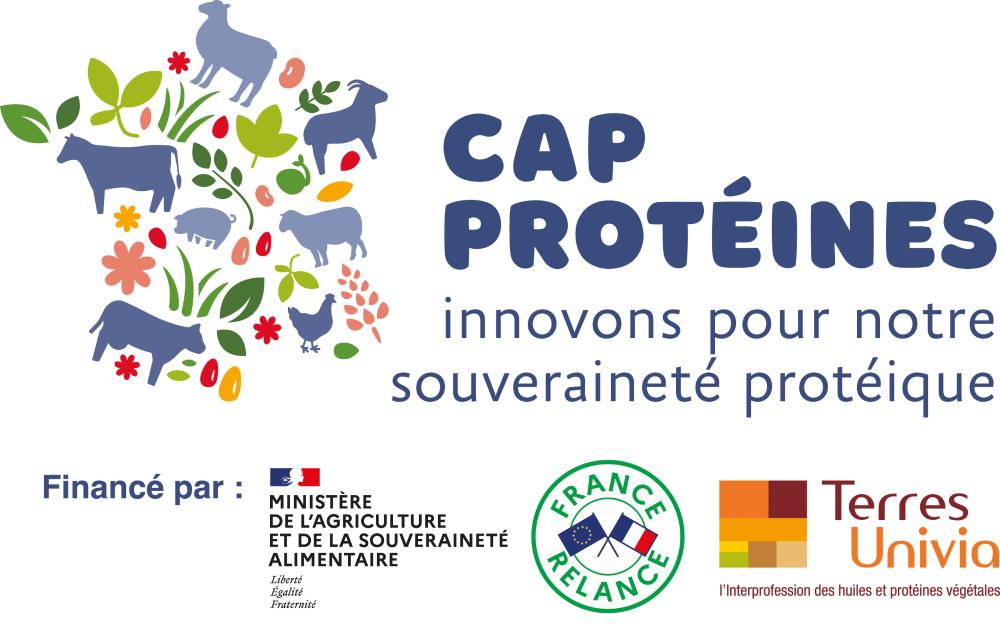Sunflower 360°: a test platform in the Yonne region covering almost 4 hectares entirely dedicated to sunflowers
Sunflower 360°: a test platform in the Yonne region covering almost 4 hectares entirely dedicated to sunflowers
For the second year, the Tournesol 360° platform was set up in the Yonne region at Villiers-les-Hauts at Frédéric Bercier's. On 22 June, a visit was organised. On 22 June, a visit was organised. 80 participants (farmers and technicians) were able to discover the different systems and follow up with presentations and discussions on all the key points of the sunflower technical route.
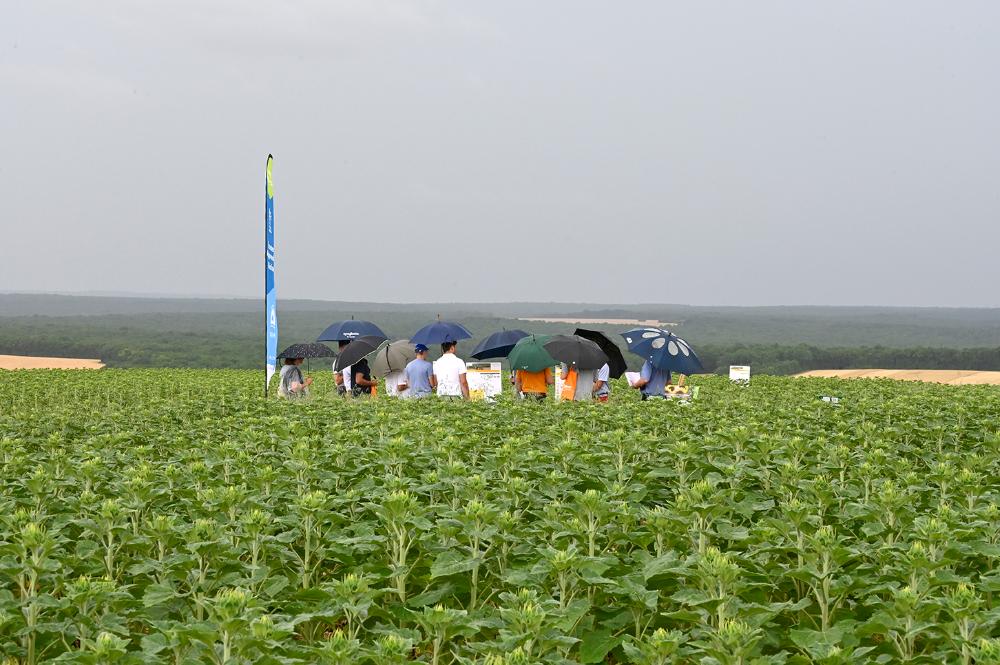
This trial platform was created following the development of sunflower acreage in Burgundy (x 4.3 between 2018 and 2022, from 16,000 ha to 70,000 ha), particularly in the Yonne.
In order to provide the best possible support to producers (both recent and older), the regional players have mobilised to set up this testing and demonstration platform in order to acquire references, communicate and create a place for exchange on this crop. In 2021, we were in deep soil (white silty clay). This year, it is a superficial clay-limestone soil that is very representative of what we can have in the sector.
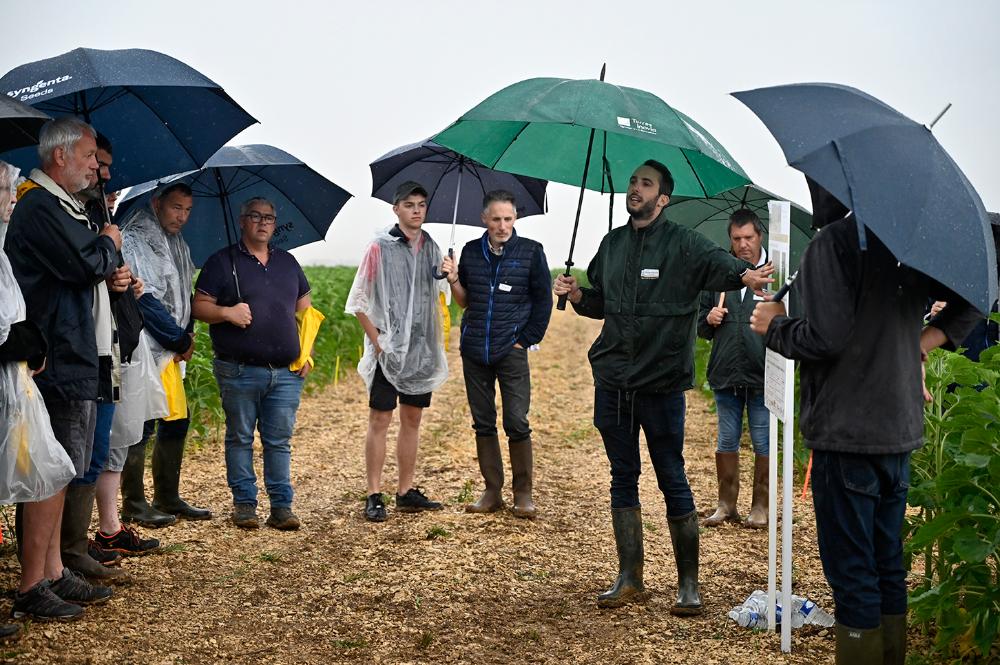
Several themes worked on
The planting centre compares different types of seeders (old and new generation precision seeders, cereal seeders, broadcast seeders). Different spacings, forward speeds, depths, densities and sowing dates complete the system. A model with alfalfa as a permanent cover under sunflower is also being tested.
Weed control: the aim is to acquire and disseminate local data on weed management using different levers: phytosanitary, mechanical and companion plants. Concerning chemical weed control, pre-emergence remains at the heart of the strategy. Different solutions are therefore being tested (solo product, combinations, doses). Also, in the context of the prospects for the evolution of complex flora such as ragweed, but also the management of umbellifers, post-emergence relays based on imazamox on a Clearfield variety are being tested. Mechanical weeding via hoeing completes this system.
The varietal pole: an evaluation of about thirty recent and future oleic varieties is carried out in comparison with the controls LG50.475 and SY OLISTO. Precocity, tolerance to herbicides, health profile and productivity are the criteria addressed.
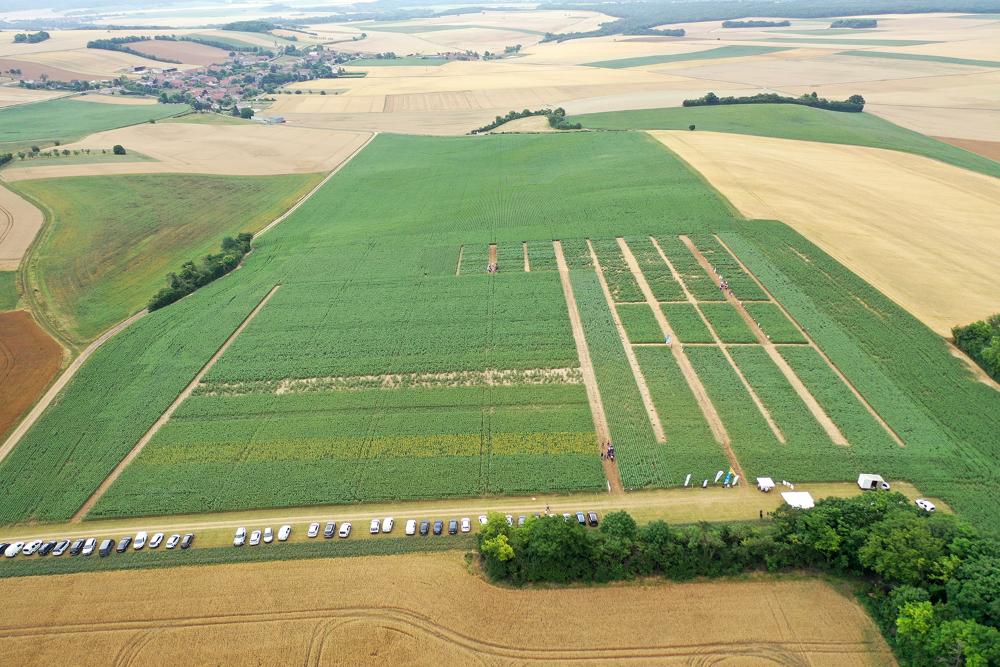
The plant nutrition and fungicide protection unit. Concerning nitrogen fertilisation, a system has been set up to reason out the dose to be applied using the Heliotest AOD, giving priority to application during the vegetation period, which can reduce the dose compared to a more substantial application at sowing in a context of "non-standard" nitrogen prices. Similarly, different strategies for boron are being tested. It is important to learn to recognise situations where there is a risk of deficiency in order to anticipate preventive inputs, because once deficiency symptoms appear, any input of boron is useless. Nitrogen fertilisation is part of the Cap Protéines programme.
As for the experiment on fungicide protection, it involves measuring the impact of a fungicide on two varieties with different phomopsis behaviour, ES IDILLIC (not very sensitive) and SY ILLICO (very not very sensitive). An evaluation of phoma is also being carried out.
The pollination and auxiliaries centre: a flower strip composed of alfalfa, Alexandria clover, sainfoin, phacelia and borage was set up to support a presentation on the interest of sunflowers, which provide pollen and nectar, and which are visited in particular by the domestic bee. An animation around a hive equipped with a connected scale allows the study of the weight of the hives in real time and to link them with the floral origin of the pollen and nectar collected.
A total of 18 planting methods, 30 varieties and 30 nutrient, protection and weed control programmes have been set up.
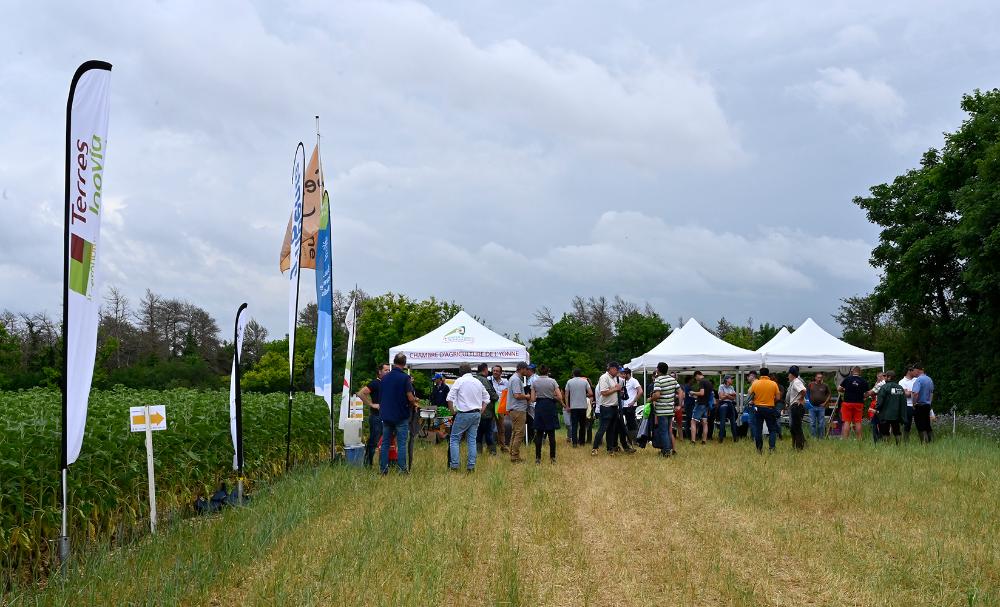
Project partners: Adama, the Yonne Chamber of Agriculture, the Seine-Yonne Union, Syngenta and Terres Inovia.
